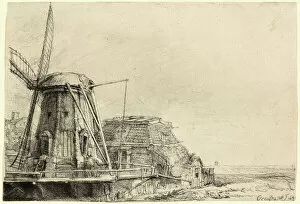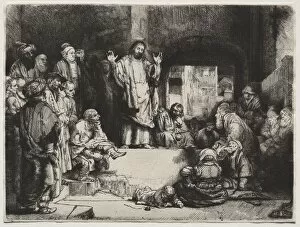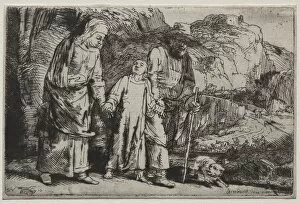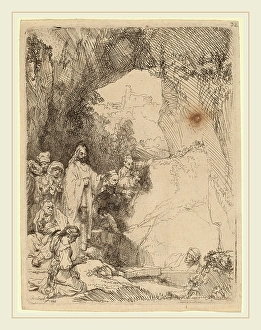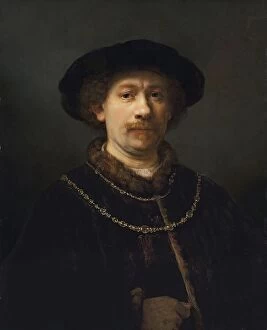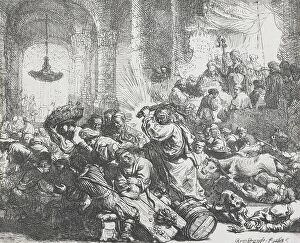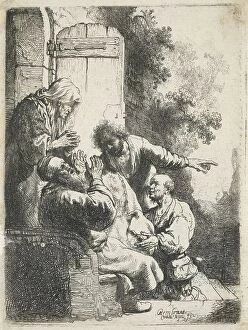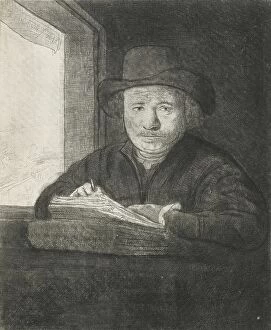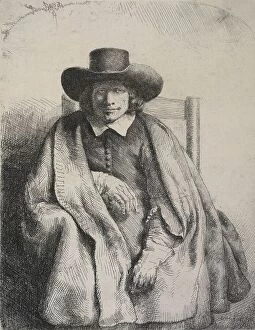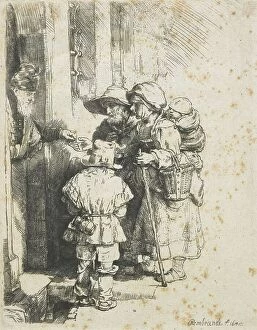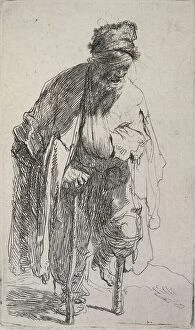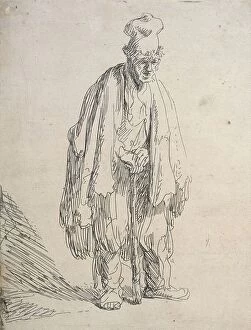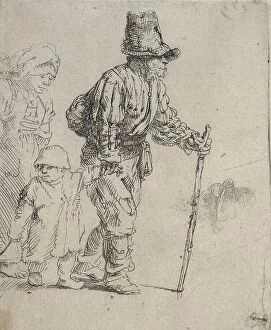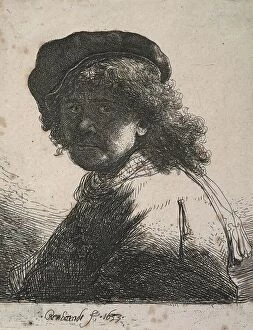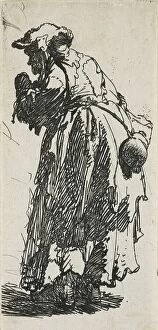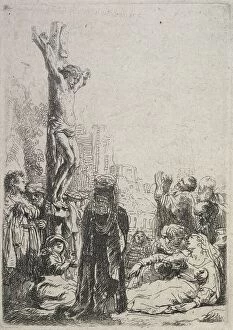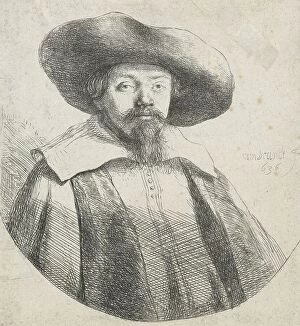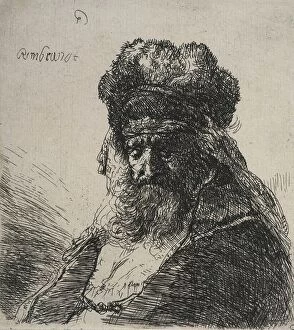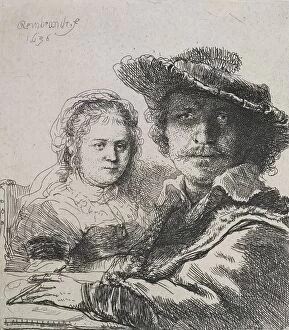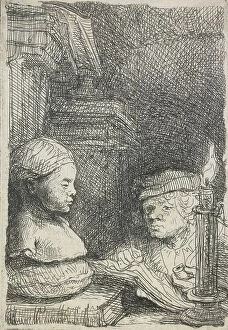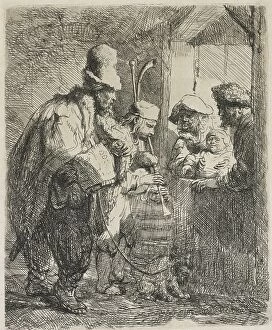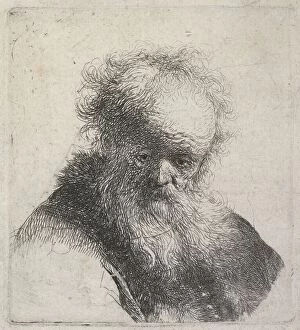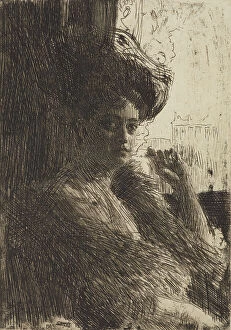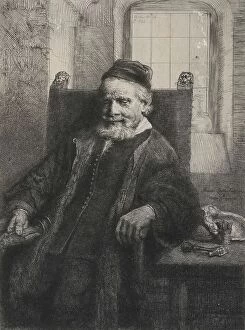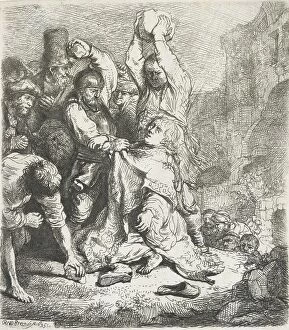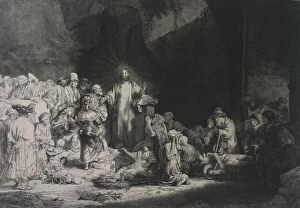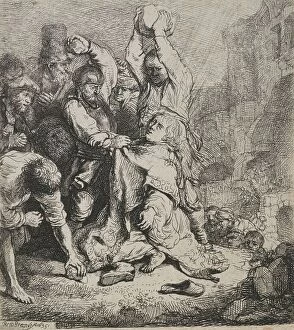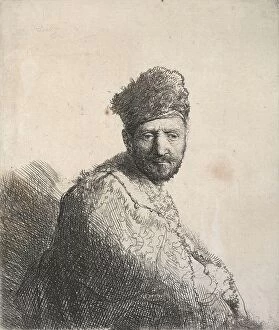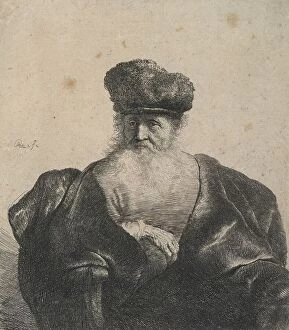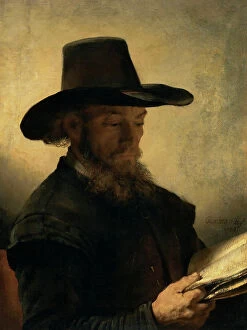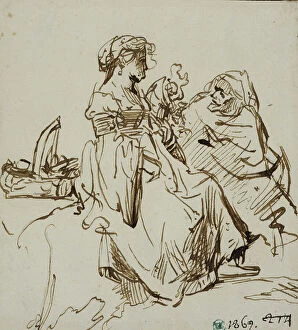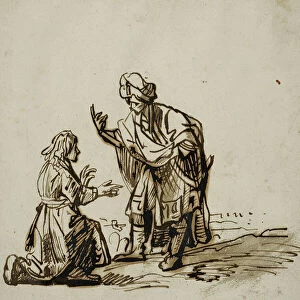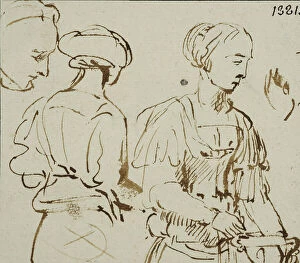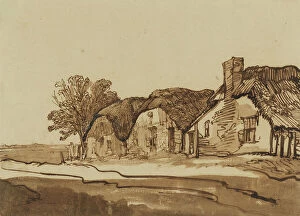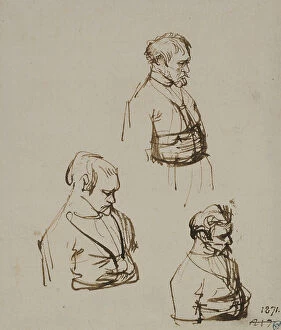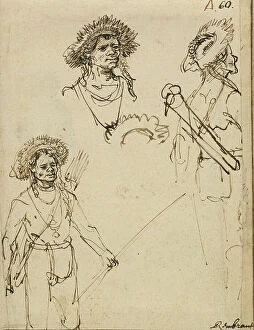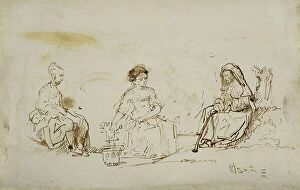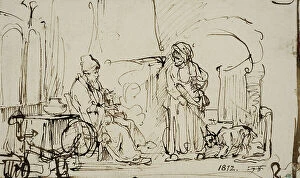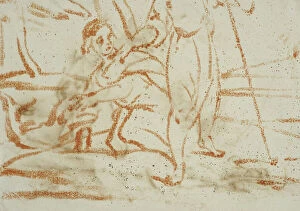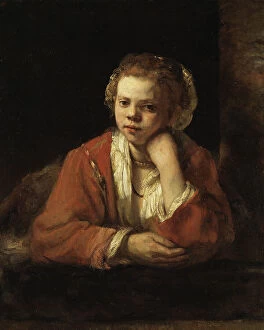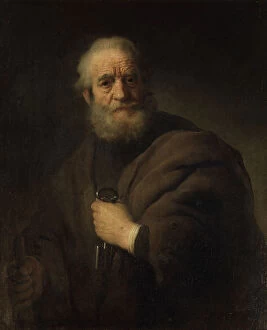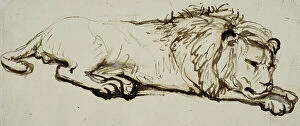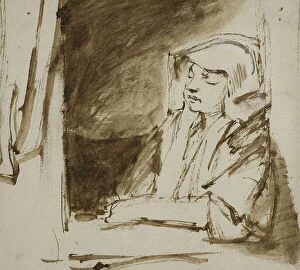Rembrandt Van Rijn Collection
Rembrandt van Rijn, a renowned Dutch artist from the 17th century, left an indelible mark on the world of art with his masterful etchings and paintings
All Professionally Made to Order for Quick Shipping
Rembrandt van Rijn, a renowned Dutch artist from the 17th century, left an indelible mark on the world of art with his masterful etchings and paintings. Born in 1606 and passing away in 1669, Rembrandt's artistic genius spanned across various subjects and themes. One of his notable works is "The Windmill, " created in 1641. This etching showcases Rembrandt's ability to capture intricate details while depicting a picturesque Dutch landscape. The windmill stands tall against the sky, evoking a sense of tranquility and harmony. In "Aristotle with a Bust of Homer" (1653), Rembrandt delves into portraiture by presenting Aristotle contemplating the bust of Homer. This painting reflects Rembrandt's deep understanding of human emotions as he captures Aristotle's pensive expression. Another remarkable piece is "Christ Preaching (La Petite Tombe)" from around 1657. In this etching, Rembrandt depicts Christ delivering a sermon with great intensity and passion. The use of light and shadow adds depth to the scene, emphasizing Christ's divine presence. "Christ Returning from the Temple with His Parents" (1654) portrays a tender moment between Jesus, Mary, and Joseph after their visit to Jerusalem. Through skillful brushwork, Rembrandt conveys their love for one another while highlighting their individual expressions. "The Raising of Lazarus: Small Plate" (1642) demonstrates Rembrandt's mastery in capturing biblical narratives through etching techniques. The emotional impact is palpable as Lazarus emerges from his tomb at Christ's command. In "Return Prodigal Son" (1636), we witness Rembrandt exploring themes of redemption and forgiveness through an intimate portrayal. The father embraces his wayward son warmly upon his return home—a poignant representation that resonates even today. "The Agony in the Garden" (c.

